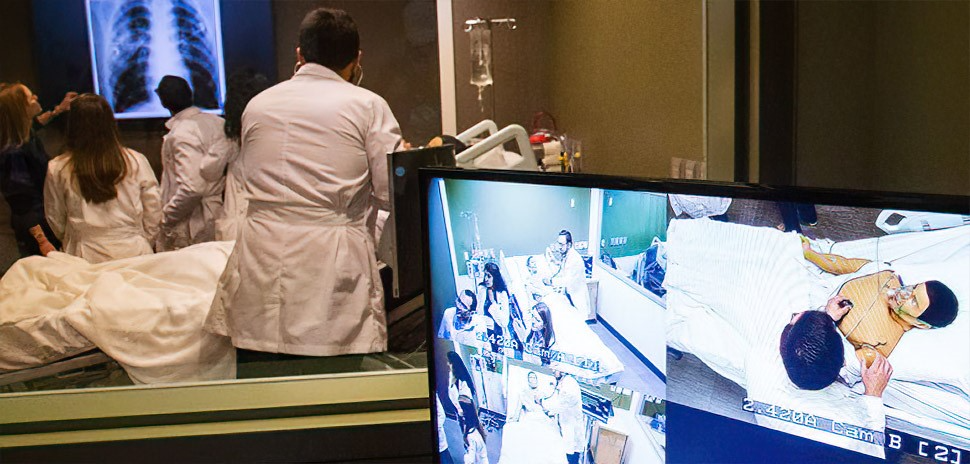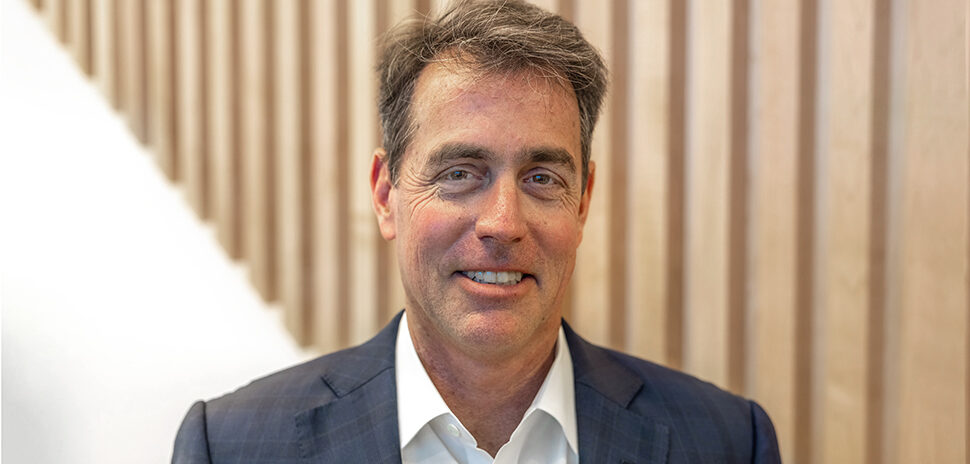Ed. Note: Dallas Innovates teamed up with MassChallenge Texas to highlight entrepreneurs and their high-impact companies in the current Texas cohort. Find them here.
Solenic Medical was formed from the passion of two UT Southwestern inventors.
At a UTSW research lab, David Greenberg, M.D., and Rajiv Chopra wanted to find a better way to treat prosthetic joint infections than the current standard of care.
The typical treatment for infections on implants requires two or more surgeries accompanied by bed rest for months at a time. That means that a patient who underwent surgery for an implant to maintain their mobility is subject to more surgeries if it is infected. Plus, the surgeries have a high risk of failure.
So Greenberg and Chopra developed a medical device that can kill an infection on a prosthetic joint—most commonly artificial hips and knees—through the use of alternating magnetic fields.
Last year, Dallas-based Solenic Medical was founded with $250,000 from VIC Technology Venture Development, and exclusively licensed the UTSW technology. But most recently, the startup has been moving at a fast pace—it received the FDA designation of a Breakthrough Device.
It’s huge news considering the designation is “reserved for devices or technologies that may provide for more effective treatment of life-threatening or irreversibly debilitating conditions in order to give patients timely access.”
“The designation provides us with priority review and access to designated FDA team members throughout the development and marketing authorization process,” CEO James Lancaster said. “This technology meets a significant need for solutions to prosthetic joint infections that risk the mobility of our growing aging population.”
Solenic Medical’s patent-pending technology aims to eradicate biofilm on metallic implants with the completely non-invasive treatment of prosthetic joint infections. From here, the startup plans to conduct risk studies for the FDA to apply for human procedure clearance in a year and market launch within two years.
By the end of September, Lancaster told Dallas Innovates that Solenic Medical will have closed a $1.3 million NIH Direct-to-Phase II grant. The startup already has U.S. and World Patent Organization patents pending and has multiple additional patents getting submitted now.
“The team has come together quickly to put together complex technology working virtually in spite of COVID-19 distractions,” Lancaster said. “Over $1.5B is currently spent dealing with prosthetic joint infections in the U.S. alone. Our current estimates suggest our market opportunity to be about 25 percent of that total or about $400M, though that number doesn’t include all metallic implants.”
Learn more about Solenic Medical and what’s next in our Q+A with Lancaster below.
Meet Solenic Medical
 Give us a real-world example of Solenic Medical.
Give us a real-world example of Solenic Medical.
1. A 14 year old’s arm was heavily damaged after a ATV accident resulting in seven surgeries to rebuild his arm and hand functionality that was all put at risk of amputation due to chronic infections on the metal plates and rods used to repair the boy’s arm bones. An estimated 20 percent of the million dollars of medical expenses were spent on treating the infection alone.
2. When mentioning our product to a friend he said that his aunt had her arm amputated after multiple attempts to treat infection on her artificial elbow.
3. When describing it to a business contact he said a family member had been laid up in a bed for a year between procedures with a spacer in place while treating an infection on her hip implant.
What do you wish people knew about your startup?
How widespread the problem is and how deeply those affected. It has been surprising how many people I run into know someone who has been affected by a prosthetic joint infection (such as those mentioned above).
How do you expect that being accepted to the MassChallenge summer cohort made a difference to your team?
The MassChallenge program has a history of success and development of the companies with their programs and mentors.
It has been different than past programs because of COVID-19, but the evolution of this summer’s program into a virtual one has led to the ability to participate in other MassChallenge location’s events beyond just our program city’s events.
What mentors, partnerships, or deals have been pivotal to your initial traction?
Our relationship with our founding investor VIC Technical Venture Development has been pivotal, providing validation as well as capital and experience to the team.
What is the story behind the name Solenic Medical?
Our name came from the initial shape of our initial devices placed on patients, which is a solenoid coil. That’s how we thought of the name Solenic.
It has a nice descriptive ring to it and is certainly relevant to our device even if we end up deploying other shapes of transducer coils.
What opportunities do you see rising?
Though we have focused primarily on prosthetic joint infections, there is actually a higher rate of infections on trauma implants such as those used to repair broken limbs, sports injuries or vehicle accidents.
This Q&A was edited for brevity and clarity.
![]()
Get on the list.
Dallas Innovates, every day.
Sign up to keep your eye on what’s new and next in Dallas-Fort Worth, every day.

































